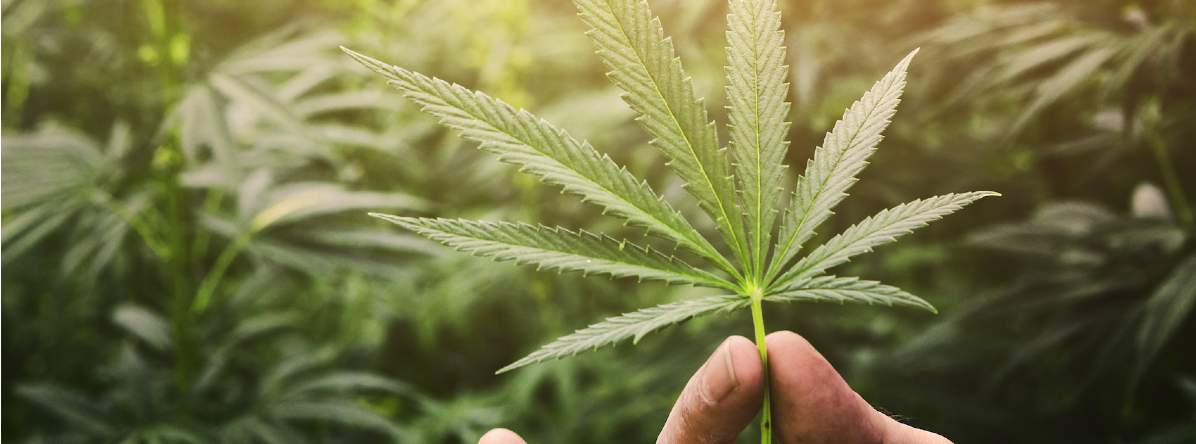Put a hemp plant next to a cannabis plant and you might struggle to tell the difference. They are in fact the same plant, Cannabis sativa, which requires a licence to be grown legally in the UK. But chemically, economically and regulatory speaking, that is where the similarities end. This opens up a broad range of opportunities for landowners and investors looking to diversify into a rapidly growing market area.
Cannabis and cannabinoids
The high that C sativa is associated with comes from tetrahydrocannabinol (THC), which is a controlled substance. Though just one of more than 100 cannabinoid compounds, it decides whether the plant is classified as hemp or cannabis. More than 0.2 per cent THC and the plant is classified as cannabis.
Unsurprisingly, growing cannabis is a highly regulated practice in the UK. Several licences, including one from the Home Office and another from the Medicines and Healthcare Products Regulatory Authority, must be obtained first. To do this, all facilities must be in place, with all movements and transactions of the future crop being well planned and an end user identified. A multi-million pound commitment of up-front capital is therefore required.
This often dissuades many prospective growers. But for those willing to invest not just capital, but also time and energy into such a rapidly growing sector, there is potential for healthy returns. The UK has established itself as a world leader in high value medicinal cannabis production with a reputation for high standard goods. With regulatory change occurring around the world, UK growers are already well placed as leading exporters too.
Hemp farming
Accessing the medicinal cannabis market will simply not be possible for most growers. There is an alternative: plants that are less than 0.2 per cent THC are classified as industrial hemp. While the leaves and flowers of industrial hemp cannot be used, the seeds and stalk can. This still leaves a whole range of markets open, from clothing to construction to food and drink.
A licence is still required for industrial hemp but it is enforced with a light touch. For the majority of applications, a site or compliance visit will not even be required. The licence is then valid for three growing seasons over the extent of the individual farm and within one block of registered land.
This process is admittedly more complex than any other arable crop. But hemp brings numerous benefits to an arable rotation that are of increasing importance to modern farming:
- Improved soil structure and nutrient retention
- Diversified crop type to combat pests and disease
- Rapid accumulation of carbon as biomass
- Diversified income stream from a range of potential products
Same plant, different businesses
It is clear that investing in hemp and investing in cannabis are two very different propositions. That is not to say that they require entirely different approaches in principle. Above all else, business fundamentals should not be neglected. Hemp and cannabis are crops where consumer attitudes are changing regularly as new information emerges. By identifying an end user and creating a contract, this volatility can be mitigated against.
Investing in specialist consultants will likely make securing such a contract easier. Not only do those consultants know the lay of the regulatory land around the crop, they often have pre-established networks which a business is then able to tap into. The earlier such consultants are taken on-board, the more benefit the business can reap both from avoiding mistakes and identifying opportunities.
Further information
Read more: The CBD market

.jpg)
.jpg)
.jpg)
.jpg)

.jpg)


.jpg)
.jpg)